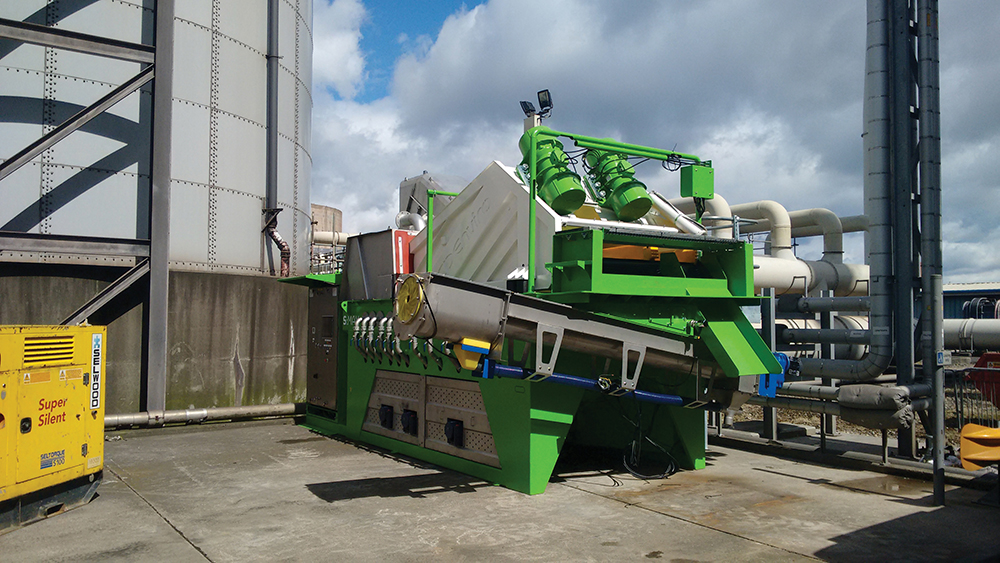Studies that have highlighted the benefits from developing markets for sludge have undoubtedly been the driving force behind Ofwat’s promise to open up the Bioresources market by 2020. The fact that it has now been proven that sludge is a product that should be processed and transformed into energy and fertiliser means there is sure to be a rising demand for high-quality sludge.
This means now more than ever is the time to invest in effective sludge treatment. One way to improve both sludge quality and system performance is to efficiently remove rag and grit.
As the market opens up, sludge that is full of rag and grit is sure to be less desirable to consumers than high-quality sludge. Within the anaerobic digestion process, these materials cause significant problems and a large decrease in efficiency. Grit especially sinks and gathers in the digester, continually reducing its capacity for bioenergy generation. Not only that, but the digester tanks must be shut down to be excavated, incurring both costs and system downtime.
Not only does removing rag and grit at the pre-processing stage benefit the end sludge quality, but it also reduces wear on pumps, tanks and centrifuges in the sludge treatment equipment. This eliminates unnecessary maintenance costs and downtime.
Only by investing in sludge, and the technologies needed to process it effectively, will water companies be able to deal with more pressure and demand than ever before. With growing demands due to population expansion and climate change, water companies are required to make their operations as efficient as possible to deal with the growing pressure. Recovered grit is a recycled material with many opportunities for re-use including pipe bedding and landscaping.
S:MAX G sludge screening technology is highly efficient in removing rag and grit at every stage of the downstream process. Marshmallow screen mounts ensure the maximum transfer of energy to the material on the screen and by processing at the fastest rate possible, tanker assets are optimised and transportation costs minimised.
Screened and dewatered materials recovered by the S:MAX G can be reused in a variety of applications, further reducing disposal costs.
For more information on sludge screening technology visit our website www.cdenviro.com



